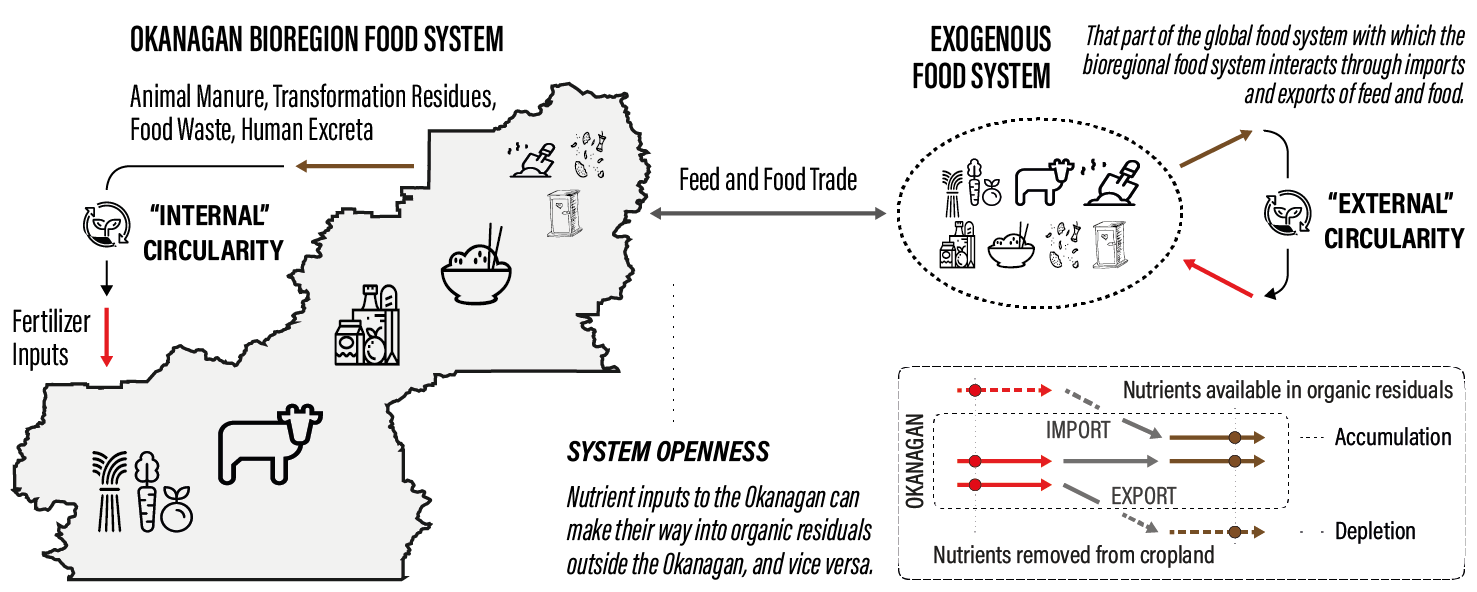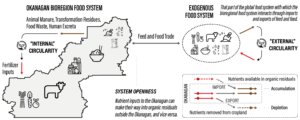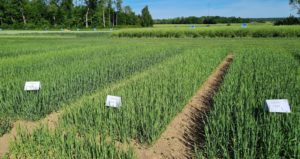This study aimed to enhance the biodegradable solid waste management of low-quality food and agro-industrial waste streams, in terms of BSFL process performance efficiencies by means of co-composting. A fibre-rich, hard to degrade waste stream such as fruit peels by BSFL, was co-composted with a low-quality protein-rich waste stream (fish waste). Results show that co-composting has the ability to increase the BSFL composting efficiencies from nutrient-imbalanced substrates such those used in this study. Protein content increased as more fish waste was added into the substrate mixtures. Biomass conversion rate was generally increased by the addition of fish waste in the substrate mixtures and the highest conversion and BSFL weight achieved was 25 % and 269 mg larva-1, respectively, with 75 % fish waste (12 % protein addition) inclusion. However, BSFL treatment efficiency parameters showed wide variation with inclusion of 75 % fish waste in the substrate, possibly owing to differences in nutritional composition (especially fat content) of different fish waste batches. Lower variations in process efficiency renders higher reliability of the treatment process. Therefore, 25 % inclusion of fish waste (4 % protein addition) was concluded to be beneficial and sufficient enough to improve the overall BSFL process efficiency.
To read more, press here.
Isibika A., Vinnerås B., Kibazohi O., Zurbrügg C. & Lalander C. (2021) Co-composting of banana peel and orange peel waste with fish waste to improve conversion by black soldier fly (Hermetia illucens (L.), Diptera: Stratiomyidae) larvae. Journal of Cleaner Production 318, 128570



 Chris Buckley var en kär kollega, mentor och vän. Han gick bort den 27 maj 2021 efter en hård och modig kamp mot cancer. Han är väldigt saknad. Jag minns den första dagen jag träffade Chris mycket väl – det var på World Water Week i Stockholm 2013. Han hade aldrig hört talas om mig när jag presenterade mig som en ung forskare från Björn Vinnerås Lab på SLU, men det spelade ingen roll . Chris tog mig direkt in i sitt professionella sociala nätverk och började ansluta mig till alla som han trodde att jag behövde träffa. Under åren fortsatte Chris att fungera som en katalysator för att skapa nya kontakter och möjligheter för mig. Samtidigt som han gav influenser för mitt arbete med urintorkning. Jag är så tacksam för att ha honom i mitt liv och för all visdom han delade. Chris var en underbar förebild för hur man är välkomnande och hårt arbetande samtidigt som han visste när han skulle ta paus. För mig kommer hans arv att leva vidare genom de projekt som jag deltar i tack vare honom. Skål Chris – saknar dig.
Chris Buckley var en kär kollega, mentor och vän. Han gick bort den 27 maj 2021 efter en hård och modig kamp mot cancer. Han är väldigt saknad. Jag minns den första dagen jag träffade Chris mycket väl – det var på World Water Week i Stockholm 2013. Han hade aldrig hört talas om mig när jag presenterade mig som en ung forskare från Björn Vinnerås Lab på SLU, men det spelade ingen roll . Chris tog mig direkt in i sitt professionella sociala nätverk och började ansluta mig till alla som han trodde att jag behövde träffa. Under åren fortsatte Chris att fungera som en katalysator för att skapa nya kontakter och möjligheter för mig. Samtidigt som han gav influenser för mitt arbete med urintorkning. Jag är så tacksam för att ha honom i mitt liv och för all visdom han delade. Chris var en underbar förebild för hur man är välkomnande och hårt arbetande samtidigt som han visste när han skulle ta paus. För mig kommer hans arv att leva vidare genom de projekt som jag deltar i tack vare honom. Skål Chris – saknar dig.


